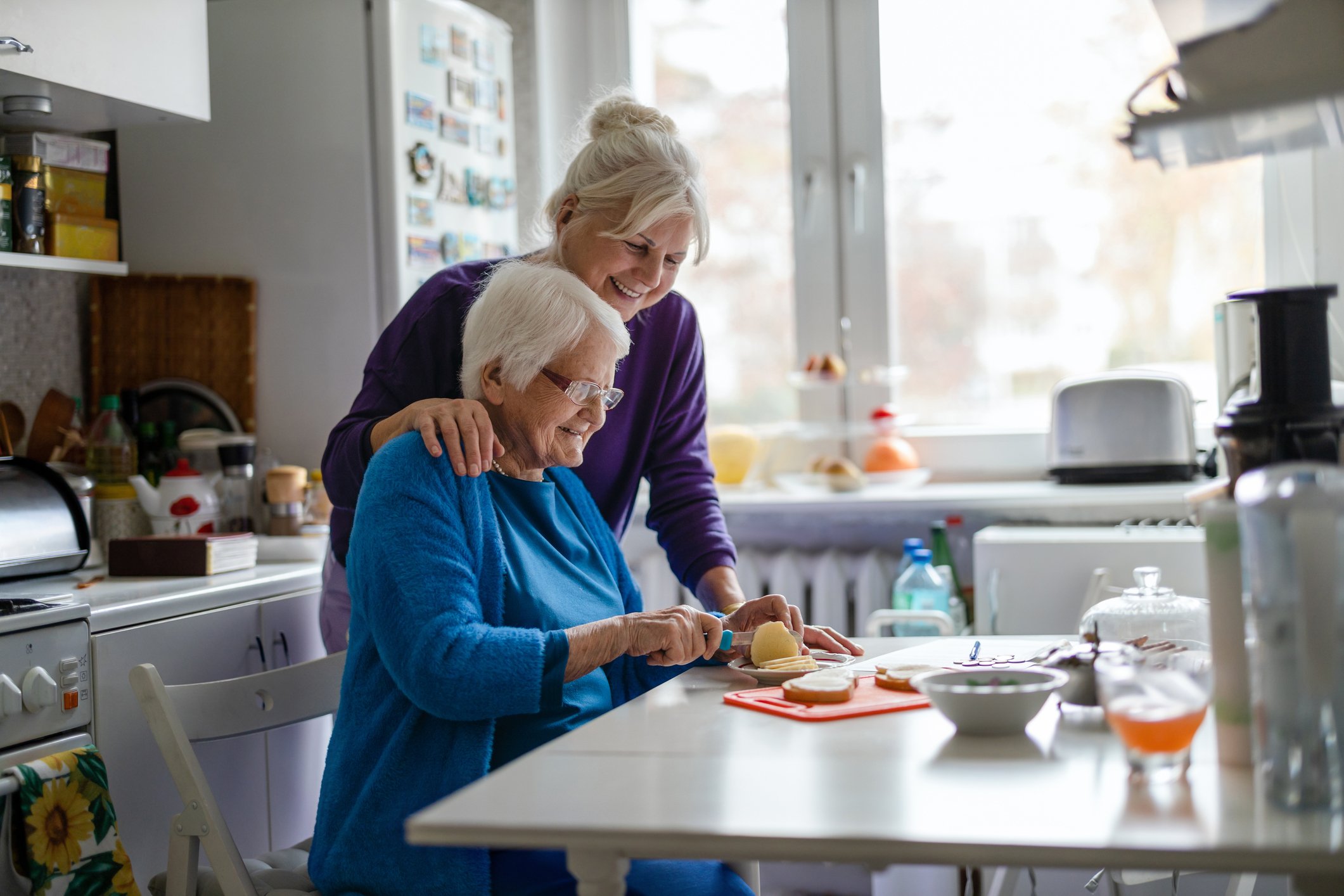Caregiver tips: how to make homes safer and more comfortable for loved ones
Caregiving is an essential role taken on by family and friends for their loved ones. The task can be an overwhelming and time-consuming one, particularly when a higher level of care is required. With that in mind, finding ways to modify a home environment to make it safer and more comfortable can often provide comfort and assurance for both the caregiver and those receiving care.
Here are some tips for home-based modifications — many of them very affordable and easy to implement — that may take some of the effort out of everyday care and deliver a higher level of safety along the way.
Optimize the kitchen and bathroom
These are often the most used rooms in a home, so they should be set up in a way that helps your loved ones reach items more effectively. This can help them feel self-sufficient and can also be safer since they won’t be trying to reach dishes or glasses on shelves above their heads.
Instead, consider putting these items into drawers that are easy to open or installing pull-out or rotary cabinet organizers. The same idea can be used in the bathroom, with all necessary toiletries within reach so there’s no need for bending or stretching.
Make room boundaries and objects clearer
Some medical conditions, such as neuromuscular issues, have contrast sensitivity as a side effect or a loved one may have vision difficulties that make fall risk more of a concern. Using sharper contrasts can help.
That might mean using bright, colorful tape on the edge of each stair, as well as along hallways and at the entrance of each room. You can also freshen paint colors so they optimize the lighting and reduce the amount of shadows or dark areas in a space.
Use shelf liners around the house
Rubberized shelf liner is handy inside shelves and drawers, so dishes and glasses don’t move around, but it has many other uses around the home. For example, you can cut pieces and glue them to doorknobs to improve gripping ability. The same can be done for grab bars, railings, and faucets.
Use more technology
Look into smart home apps that let you use your smartphone, tablet, or computer to control devices and lighting throughout your home. That might include a sensor for lamps so you or your loved one can turn them off by using a smartphone. These apps also allow you to adjust music volume, turn off appliances, and even control heat and air conditioning. Other technology that can be useful is motion-activated lighting — especially for hallways or other dim areas — and stove fire prevention devices that automatically shut off a stove if it’s left unattended for a specified amount of time.
Focus on independence
The more your loved one can do on their own, the better it tends to be for everyone involved. For example, the National Institutes of Health note that when older adults have a greater sense of control, they tend to report higher levels of well-being. Modifications in the home for this don’t need to be major overhauls — even small changes can be helpful.
For example, consider replacing chair and couch cushions with boat cushions, which tend to be sturdier and firmer, so they’re easier to get up from after sitting. Or get a small, rolling cart that can be taken from one room to another for your loved one to transport items without making multiple trips.
Make space for yourself, too
Finally, it’s important to acknowledge that caregiving can be physically, mentally, and emotionally taxing. In fact, the Family Caregiver Alliance notes that this can worsen over time, and about 17% of caregivers feel their own health has declined as a result of their responsibilities.
The stress takes a toll as well; the American Psychological Association reports that 66% of unpaid caregivers for older adults who were surveyed had at least one adverse mental or behavioral health symptom in the previous 30 days. Issues like anxiety, depression, and substance abuse are particularly common.
Because of this, it’s crucial to schedule breaks and find ways to reset. That could include creating a space within the home that you, as a caregiver, find to be mentally and physically nourishing — a small meditation space, a home gym set up in a spare bedroom, or a bench outside where you can enjoy being in a garden or near trees. Having a dedicated place to refresh and relax reminds you that you matter, too — not just during National Family Caregiver Month, but every day of the year.
